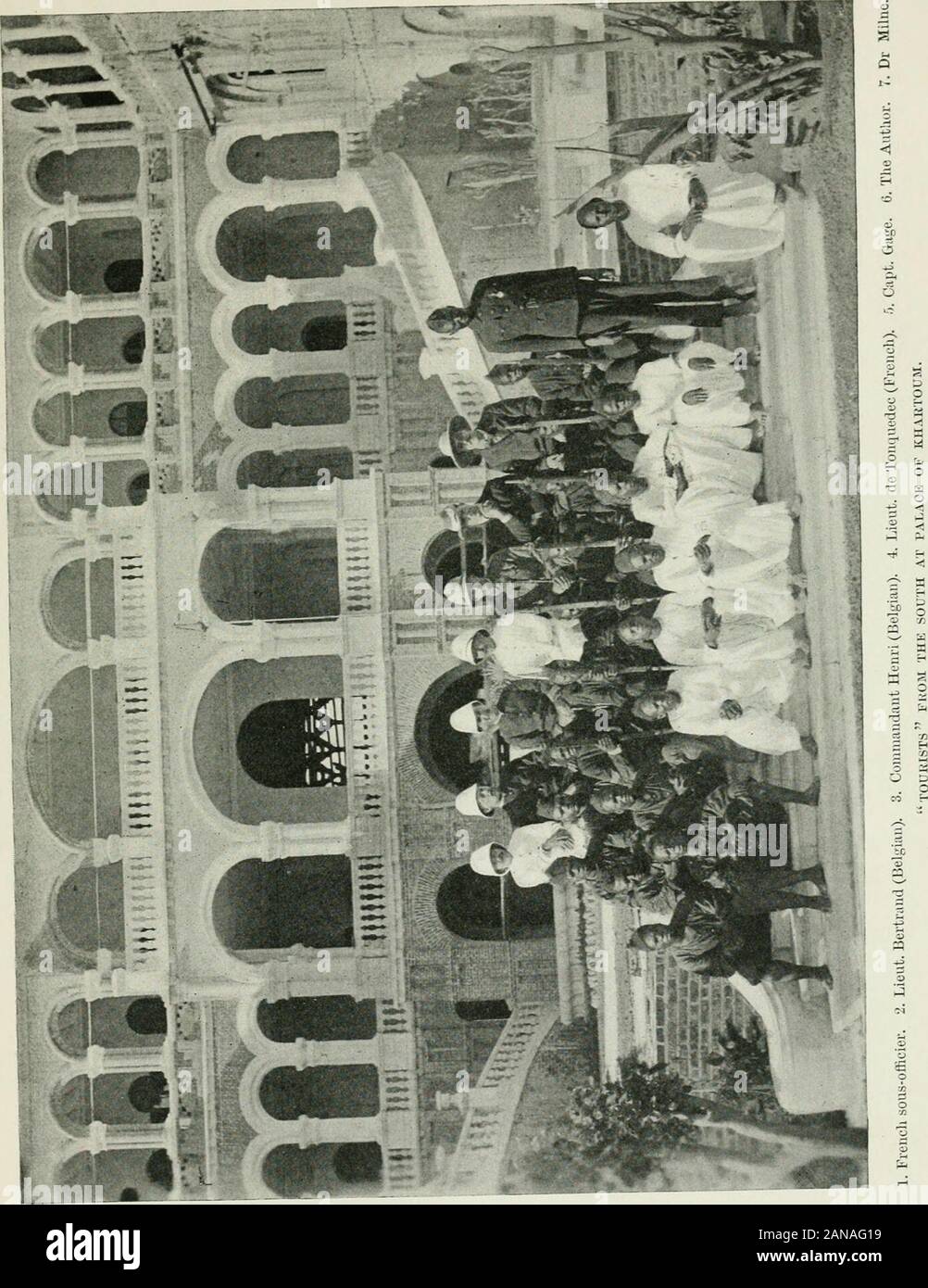

A rhythmically fresh treatment of the tune is a feature of this choral arrangement of "In the Bleak Midwinter." If it is desired that the congregation sing the hymn, try using an instrumental setting of CRANHAM as a prelude or offertory during the week or two before, so that they will at least be familiar with the tune. Using CRANHAM, this simple choral setting of "In the Bleak Midwinter" is for two-part choir and piano, with optional handbells. Robert Kreutz has set "In the Bleak Midwinter" to original music in an a capella rendition. Because of the irregularity of the text and the fact that it is only sung once a year, it may be best to have the choir sing it. A clear indication from the leader or choir on the placement of syllables should facilitate congregational singing. Holst's melody can be adapted to extra syllables by adding a pickup note to a phrase or dividing the long penultimate note of each phrase. The irregular meter of the text presents difficulties in fitting it to a tune. (“What Can I Give Him?” is sometimes sung to another tune.) With a mood well-suited to the text, CRANHAM was first published in the English Hymnal in 1906.

The only tune to which the complete hymn is sung is CRANHAM by a well-known English composer, Gustav Holst, who composed it for this text. The final stanza asks for an appropriate response to Christ's sacrifice of glory, and the answer is “give my heart.” Tune: Despite the historical inaccuracy, her text effectively communicates the vast difference between the glory of heaven from which Jesus came and the reality of discomfort on earth, where He would eventually be crucified.
Vast winter in my heart lyric full#
The full text has five stanzas, but the original third stanza (beginning “Enough for him”) is often omitted, and a few hymnals use the final stanza alone, titled “What Can I Give Him?”Īs many other artists have done, Rossetti depicted the birth of Christ as taking place in a frozen, snowy English winter instead of the milder climate of Palestine where He was actually born.

The January 1872 edition of Scribner's Monthly was the first publication of Christina Rossetti's poem “A Christmas Carol.” The poem was later titled “In the Bleak Midwinter” after the opening line and published as a hymn in the English Hymnal in 1906.


 0 kommentar(er)
0 kommentar(er)
